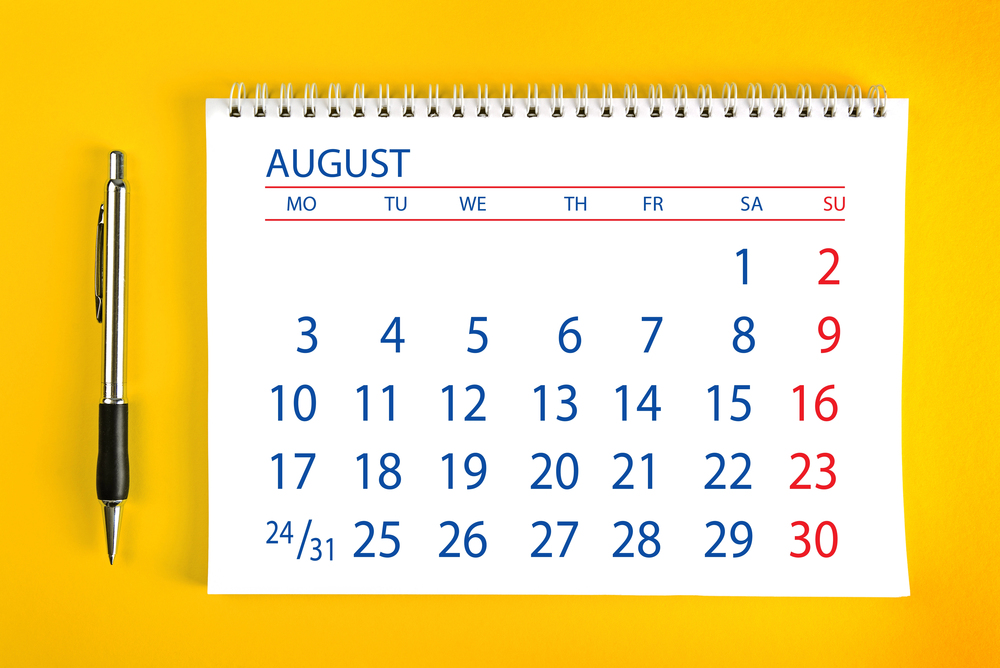August is one of the most important months for yearbook advisors. The first 30 days create the framework for the entire school yearbook project. From organizing your team to launching key planning steps, the work you do now will save time, reduce stress, and improve the quality of the final book. This guide outlines the most important areas to focus on in August, so your yearbook program starts strong and stays on track.
1. Confirm your deadlines, budget, and publisher plan
Start the year by meeting with your yearbook publishing representative to confirm submission deadlines, pricing, page counts, and delivery schedules. Align these dates with your school calendar so you can plan around holidays, testing weeks, and other important events. This step ensures there are no surprises later in the production cycle and keeps the project aligned with your budget.
2. Build your yearbook ladder and production timeline
Create your yearbook ladder now to outline the order of pages, sections, and coverage areas. Assign each section to a team member and set both internal and final deadlines for each spread. A detailed ladder helps prevent last minute changes and keeps every contributor accountable.
3. Assign team roles and set expectations
Host your first staff meeting to define roles such as editors, section leads, photographers, writers, and marketing coordinators. Establish clear responsibilities, communication guidelines, and a regular meeting schedule. Setting expectations early builds a strong team culture and improves productivity throughout the year.
4. Plan photo coverage and content
Confirm portrait days with your school photographer, including retake dates and file delivery details. Build a coverage plan for events, sports, clubs, and special activities. Assign a photographer and writer to each event so you have both images and stories ready for each section.
5. Launch your yearbook sales campaign early
The start of the school year is one of the best times to begin selling yearbooks. Open your online yearbook store and promote it through email campaigns, the school website, social media, and printed flyers. Offer early bird pricing or special packages to encourage families to purchase now rather than later. Consistent early promotion leads to stronger sales throughout the year.
6. Set up tools and workflow systems
Make sure every team member has access to your yearbook design platform and understands how to use it. Organize shared folders, create file naming guidelines, and prepare page templates. A clear system for saving and sharing work will keep your project organized from start to finish.
7. Finalize your theme and style guide
If your theme is not yet decided, choose one this month and create a style guide that includes fonts, colors, and tone of voice for captions and headlines. A unified visual direction improves the professional quality of the book and makes collaboration easier.
8. Develop a content calendar and communication plan
Create a calendar that outlines internal deadlines, sales promotions, and content collection dates. Communicate regularly with administrators, teachers, coaches, and club advisors to ensure you are aware of important events. Provide them with instructions for submitting photos or information.
Start Your Yearbook Season with Confidence
August is your opportunity to set the pace for the entire yearbook process. Establishing your deadlines, organizing your ladder, clarifying roles, and planning your coverage now will make the months ahead more efficient and less stressful. Connect with YearbookLife to learn how we can support your goals and help you create a yearbook that meets your deadlines and exceeds expectations.
Check out our blog for more tips and ideas to help you with your yearbook!
Ready to get started?
Contact us today for a free quote or to learn more about our yearbook services.

